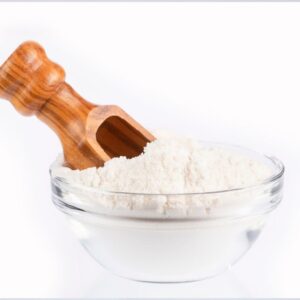
Food Grade Sodium Tripolyphosphate Purchase Guide: Supplier Comparison and Industry Application Cases
Food Grade Sodium Tripolyphosphate: A detailed purchase guide comparing suppliers and highlighting its essential applications in the food industry.
Sodium Tripolyphosphate (STPP) is a key ingredient in many toothpaste formulations. It plays several important roles, from improving cleaning efficiency to stabilizing the toothpaste’s structure. In this article, we’ll explore how STPP works in toothpaste, its benefits, safety considerations, and best practices for use.
STPP is known for its cleaning, abrasive, and stabilizing properties. Here’s how it contributes to toothpaste performance:
STPP is a chelator, meaning it binds with calcium and magnesium ions found in saliva. This process helps prevent tartar buildup and makes the removal of plaque more efficient. Studies show that STPP improves plaque removal by 35-45% compared to non-chelated formulas.
STPP is not the primary abrasive in toothpaste, but it enhances the effect of other abrasives like silica. It softens stains, allowing for better stain removal while keeping enamel safe. Its Mohs hardness is 2.5–3.0, which is much softer than enamel (5.0), ensuring it doesn’t cause significant enamel wear.
STPP helps maintain the right viscosity in toothpaste. It prevents separation of ingredients, improving the texture and prolonging the shelf life of the product. By controlling water activity, STPP also stops the toothpaste from hardening or drying out, which extends its use over time.
STPP brings many advantages to toothpaste formulations:
Enhanced Stain Removal: By softening stains and improving abrasive action, STPP helps teeth stay clean and white.
Tartar Control: It keeps tartar from forming, helping to maintain cleaner teeth and healthier gums.
Improved Product Stability: STPP ensures that the toothpaste remains consistent in texture, making it easier to use over time.
Safety: STPP has been shown to have low toxicity when used in toothpaste, with no enamel erosion at concentrations ≤7%. It’s non-carcinogenic and doesn’t interfere with fluoride efficacy.
The ideal amount of STPP depends on the type of toothpaste being formulated:
Whitening Toothpaste: 1.5–2.5% STPP is recommended for effective stain removal.
Tartar Control Toothpaste: 2.0–3.0% STPP helps maintain long-lasting tartar control.
Sensitive Toothpaste: For sensitive teeth, keep STPP below 1.0% to avoid irritation.
STPP is generally safe for use in toothpaste, but there are a few things to keep in mind:
Concentration Limits: Do not exceed 7% STPP in rinse-off products to avoid irritation or enamel damage.
Children’s Formulations: Use no more than 0.5% STPP in toothpaste for children.
Sensitivity Considerations: If a person has sensitive gums or exposed dentin, keep STPP concentrations under 1.2%.
While STPP is a popular choice for toothpaste formulations, there are alternatives:
Zinc Citrate: A good alternative for tartar control, but may leave a metallic aftertaste.
Phytates: Another option, though less effective for stain removal.
Silica: A popular choice in phosphate-free formulations, but may require higher surfactant content.
STPP has a phosphorus content of 28.3% by weight, which can contribute to eutrophication (excessive nutrients in water bodies). To minimize environmental impact:
Closed-loop systems: These systems can recover up to 92% of STPP, reducing waste.
Alternative ingredients: Ingredients like citric acid and phytase enzymes offer eco-friendly options but may not match STPP’s full performance.
STPP works well with fluoride. It helps maintain the availability of fluoride ions in the toothpaste, improving enamel protection. In dual-action formulations, STPP prevents fluoride from degrading and ensures better enamel remineralization.
Sodium Tripolyphosphate (STPP) is a versatile and essential ingredient in toothpaste. It improves cleaning, prevents tartar buildup, and stabilizes formulations. With its mild abrasive properties and safety profile, it’s a reliable choice for oral care products. While alternatives exist, STPP remains one of the most effective agents for maintaining both product performance and safety.

Food Grade Sodium Tripolyphosphate: A detailed purchase guide comparing suppliers and highlighting its essential applications in the food industry.
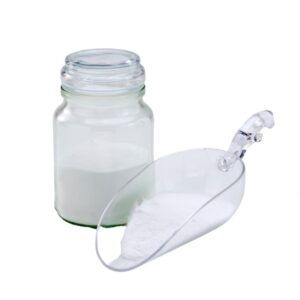
Salt tripolyphosphate (STPP) , likewise called sodium triphosphate or pentasodium triphosphate , is more than just a chemical compound– it’s a workhorse throughout several sectors.
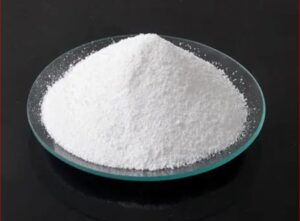
Sodium Tripolyphosphate (STPP) serves as a crucial food additive that improves texture, moisture retention and shelf life in processed seafood and meat products.
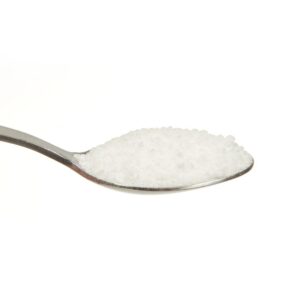
Sodium Tripolyphosphate (STPP) improves toothpaste performance by preventing tartar buildup, removing stains, and protecting tooth enamel.

The Guguye Phosphate Production Base in Guizhou, China, utilizes local phosphate resources to produce chemicals like yellow phosphorus and STPP. Committed to sustainability, it aims for zero wastewater discharge and a circular economy model.

Sodium tripolyphosphate (STPP) is a common chemical compound used in detergents, food processing, and industrial applications.

On December 18, the State Secretary of Qian’nan Province visited Goway Fuquan to review the company’s progress toward meeting its quarterly and annual goals, as well as to guide the company’s green development efforts in the phosphate industry.

Sodium tripolyphosphate improves food texture, yield, and shelf life, making it a vital additive in industrial food processing.
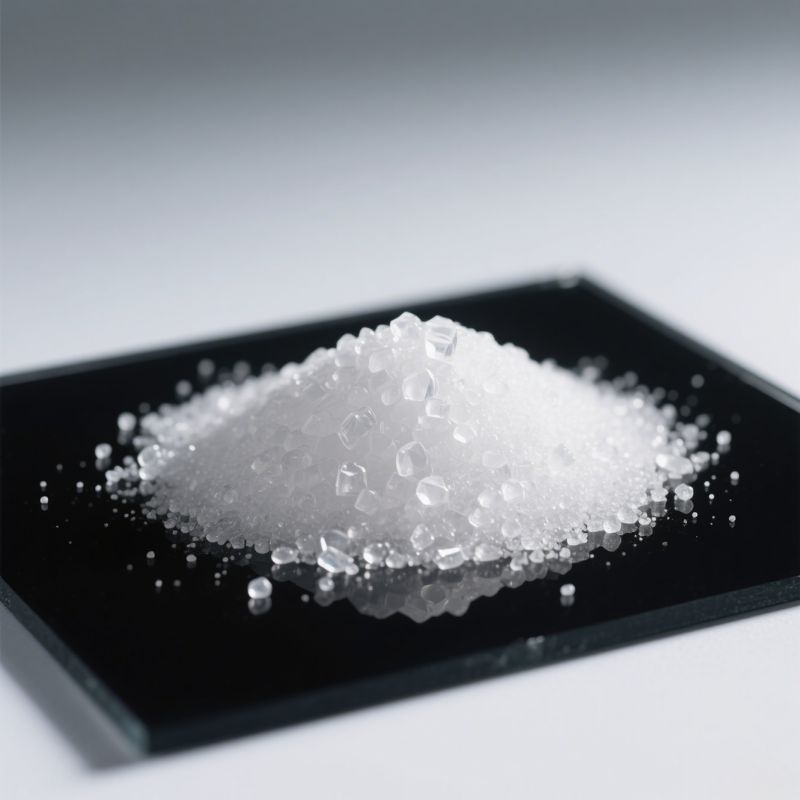
A professional and educational overview of tripolyphosphate (STPP), explaining its composition, manufacturing process, applications, safety profile, and sustainability trends.

This guide provides insights into the technological advances, regulatory frameworks, and cost factors affecting food and aquatic products, highlighting sustainability challenges and opportunities in 2025.
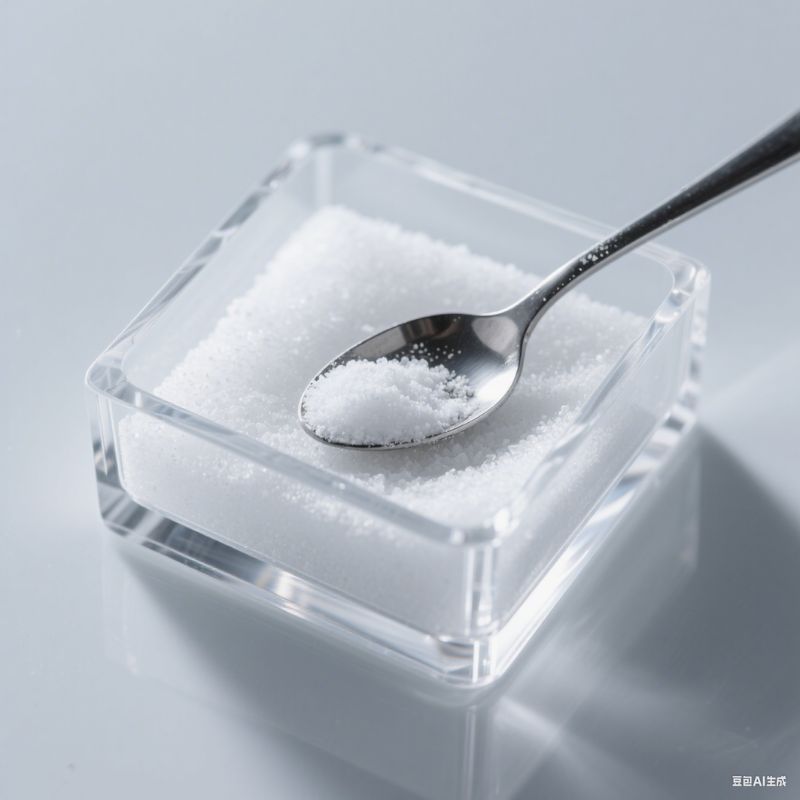
This guide covers the uses, benefits, risks, dosages, and health concerns of polyphosphates in food, with an overview of regulatory standards and emerging alternatives.
WhatsApp us